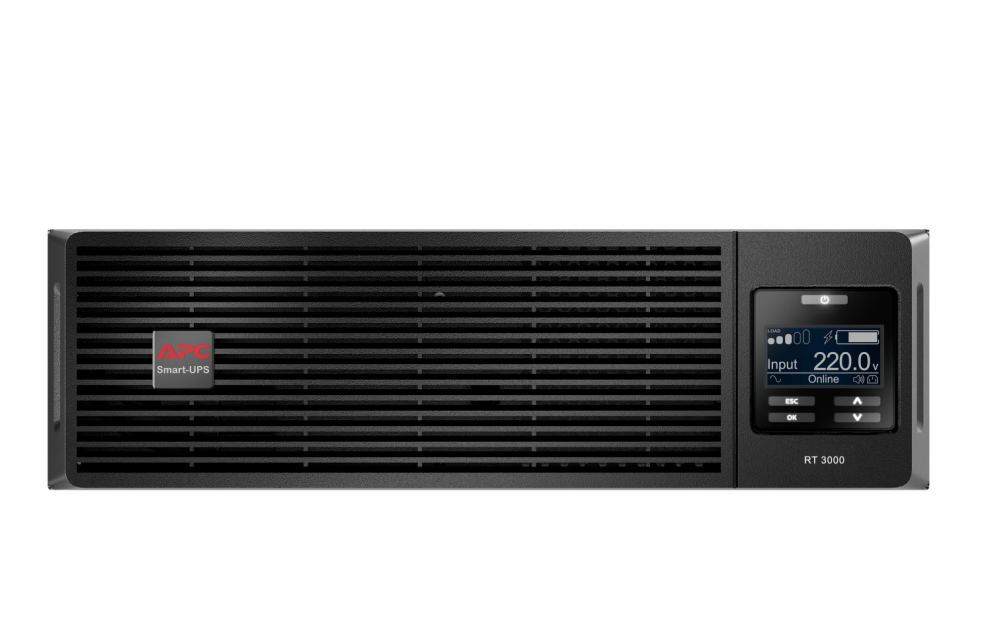The so-called uninterruptible power supply system is a device that can take over the continuous supply of electricity from the mains when there is a power outage. Its power comes from the battery pack, and due to the fast response speed of electronic components, it can continue to supply electricity within 4-8 milliseconds or without any intermediate time during the power outage.
Why use UPS?
Nowadays, the public supply systems in various countries around the world are all AC power sources. An ideal AC power source should meet the following conditions:
1. Frequency stability
2. Voltage stability (within ± 5%)
3. Free from harmonic distortion (<5%)
4. No noise interference (compliant with IEEE587, FCC, CE and other standards)
5. Low output impedance.
You can imagine that if an uninterruptible power supply system is not used today, when there is an abnormality in the mains power supply, it will cause computer crashes and even hardware failures, and the repair costs will be unpredictable; Hardware failures can be resolved by spending money, but what about the data stored in the hard drive? That’s something that even with money, you can’t buy, so adding an uninterruptible power supply system to your equipment is like buying insurance, being prepared for any unforeseen circumstances; The UPS system does not only operate when there is a power outage. The above-mentioned abnormal mains voltage includes low, high, surge, noise, etc., which can affect the power quality of the equipment’s normal operation. Therefore, the importance of UPS can be seen.
As an important peripheral of computers, UPS is crucial in protecting computer data, ensuring the stability of grid voltage and frequency, improving grid quality, and preventing the harm caused to users by instantaneous and accidental power outages.
Classification of UPS:
UPS has developed from a rotary generator in the 1960s to today’s intelligent static all-electronic circuit, and continues to develop. At present, UPS generally refers to static UPS, which can be divided into three categories according to its working mode: backup, online interactive and online.
1. Backup UPS: When the mains power is normal, the mains power directly supplies power to the load. When the mains power exceeds its working range or there is a power failure, it is converted to the battery inverter through the transfer switch. Its characteristics are: simple structure, small volume and low cost, but the input voltage range is narrow, the output voltage stability accuracy is poor, there is switching time, and the output waveform is generally square wave.
2. Online interactive UPS: When the mains power is normal, the mains power directly supplies power to the load. When the mains power is low or high, it is stabilized through the internal voltage stabilizing line of the UPS and then output. When the mains power is abnormal or there is a power outage, it is passed through the transfer switch. Converts to battery inverter power supply. Its characteristics are: wide input voltage range, low noise, small size and so on, but it also has switching time.


